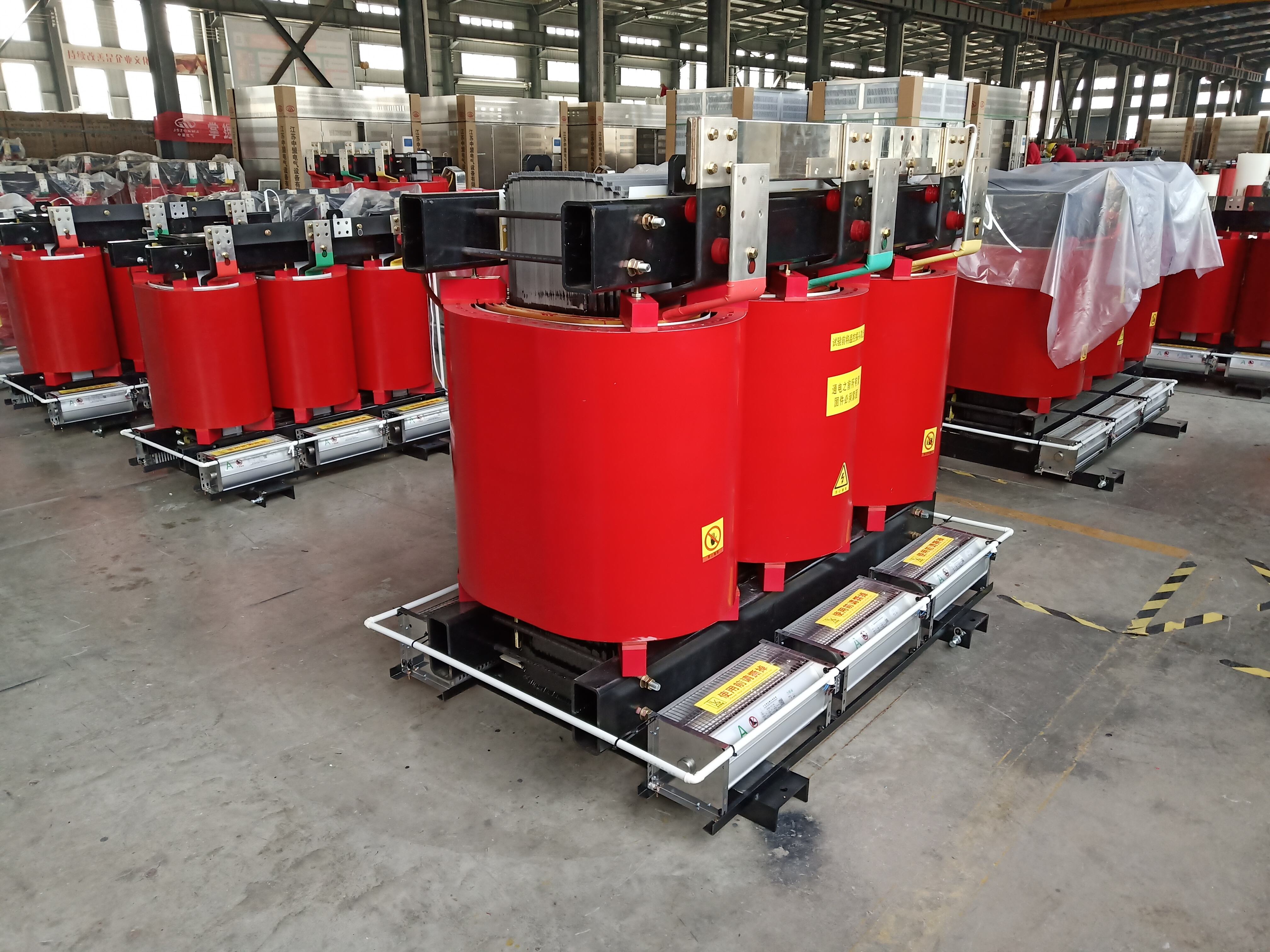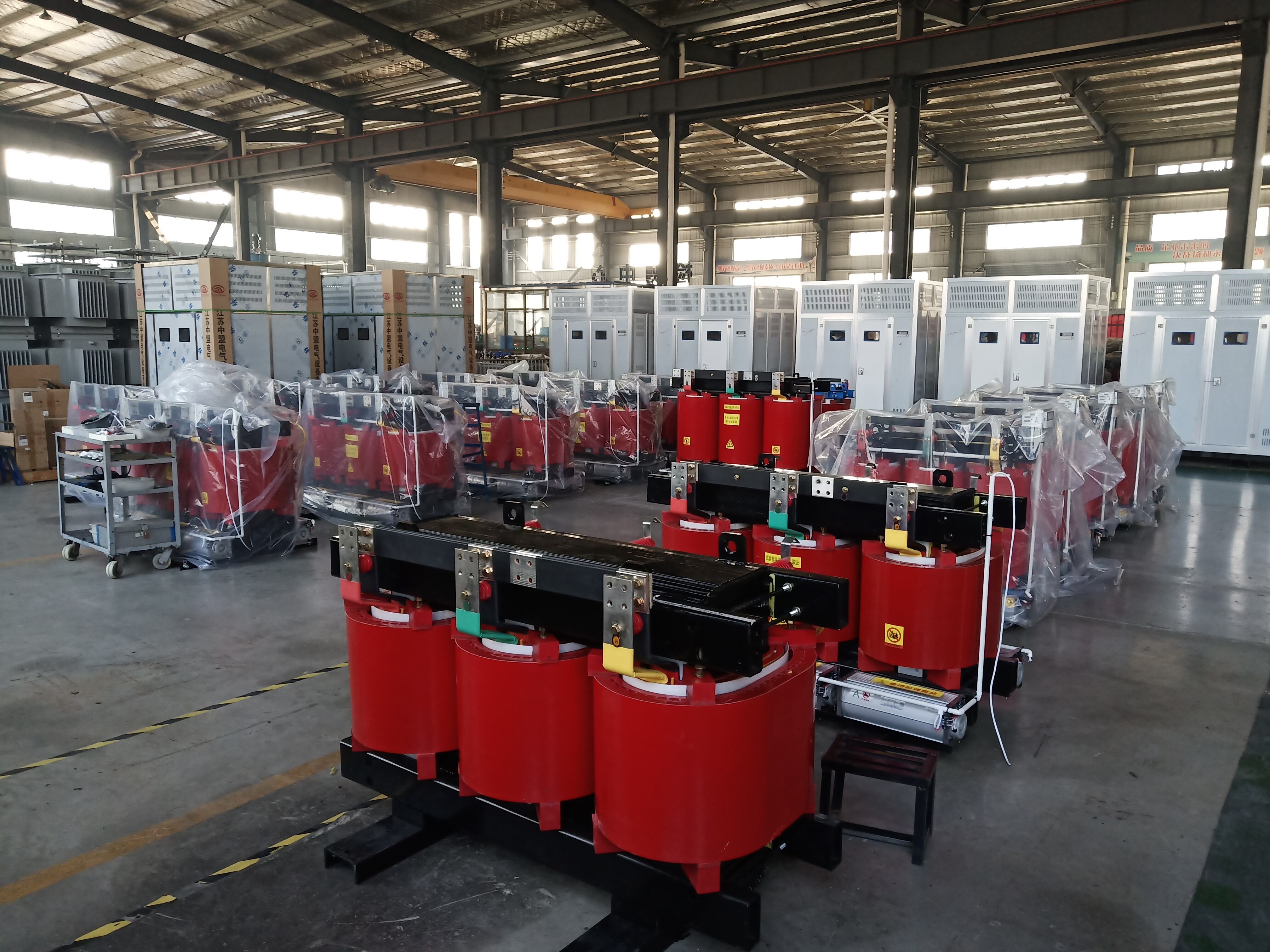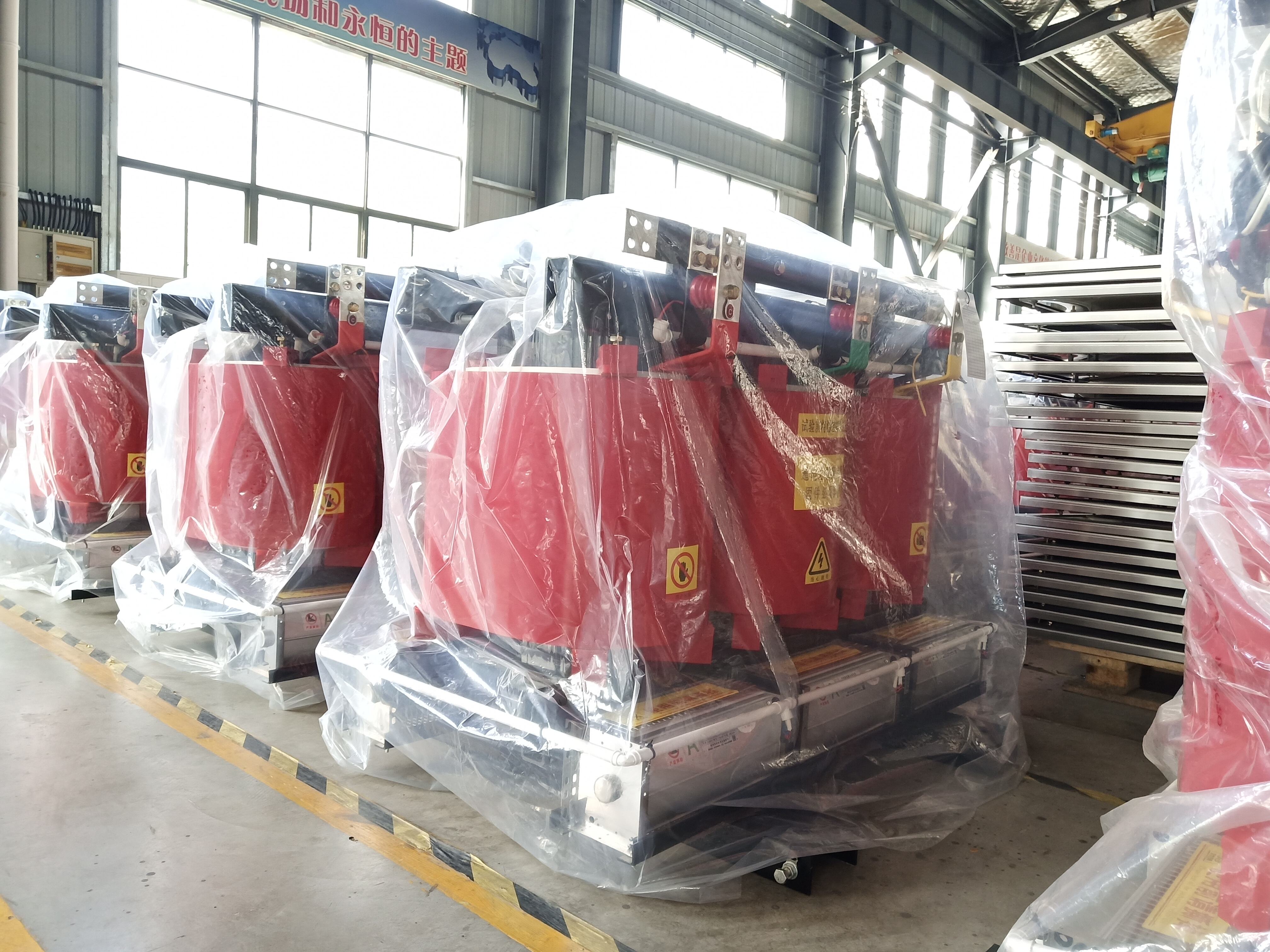need of substation transformer
A substation transformer is a critical component in electrical power distribution systems, serving as the vital link between high voltage transmission lines and local distribution networks. These sophisticated devices are engineered to efficiently modify voltage levels, enabling the safe and reliable transfer of electrical power from generation sources to end users. The primary function of a substation transformer is to step down high transmission voltages to more manageable levels suitable for local distribution. These transformers are equipped with advanced monitoring systems, protective mechanisms, and cooling systems to ensure optimal performance and longevity. They are designed to handle massive power loads while maintaining exceptional efficiency, typically operating at 98% or higher. In modern electrical infrastructure, substation transformers incorporate smart technology features for real time monitoring, predictive maintenance, and remote operation capabilities. They are essential in maintaining power quality, regulating voltage fluctuations, and ensuring consistent power delivery to residential, commercial, and industrial consumers. The robust construction of these transformers includes features like oil cooling systems, tap changers, and sophisticated insulation materials that contribute to their reliability and durability. Their design also considers environmental factors, incorporating eco friendly materials and noise reduction technologies.


